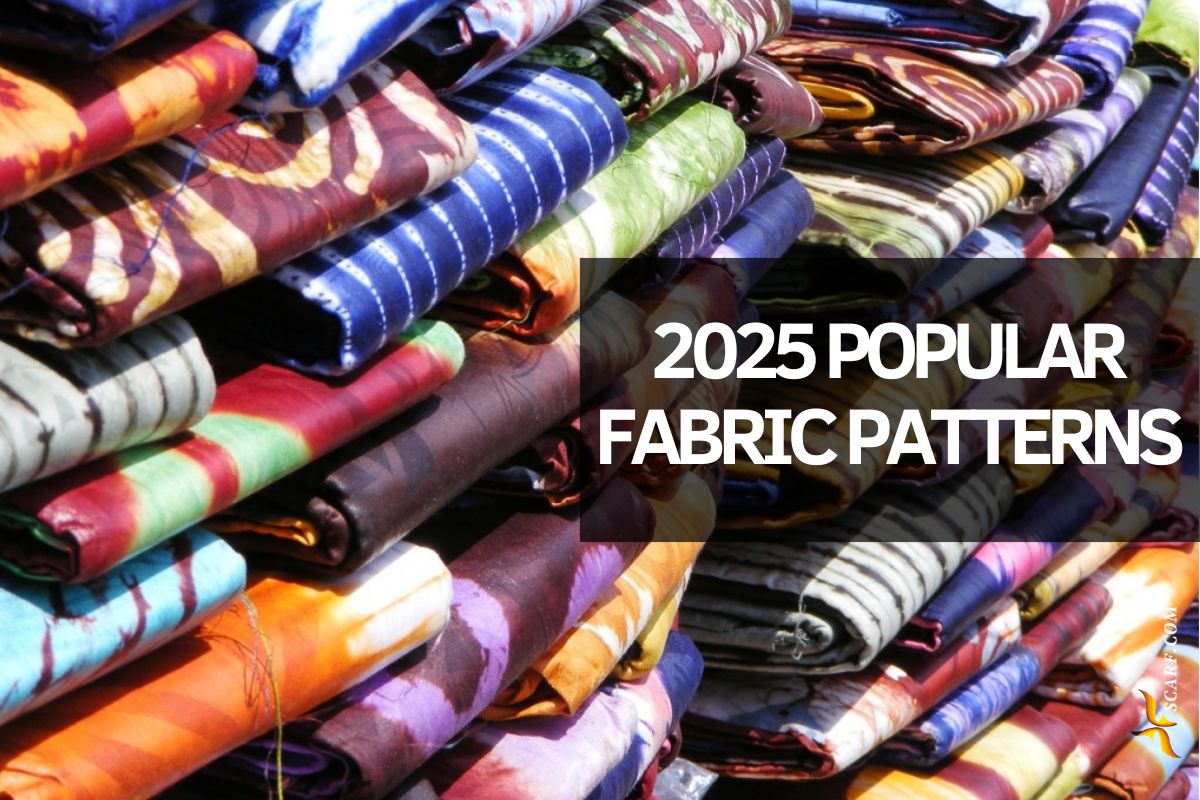These popular patterns inject new vitality into the 2025 fabric patterns.
Well, look no further, we have rounded up the biggest fabric patterns trends of 2025.
Organic suede swirl fabric pattern
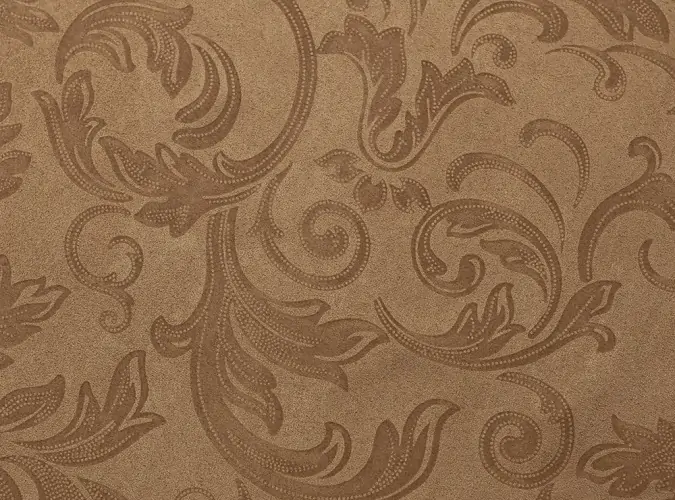

Organic swirl fabric pattern
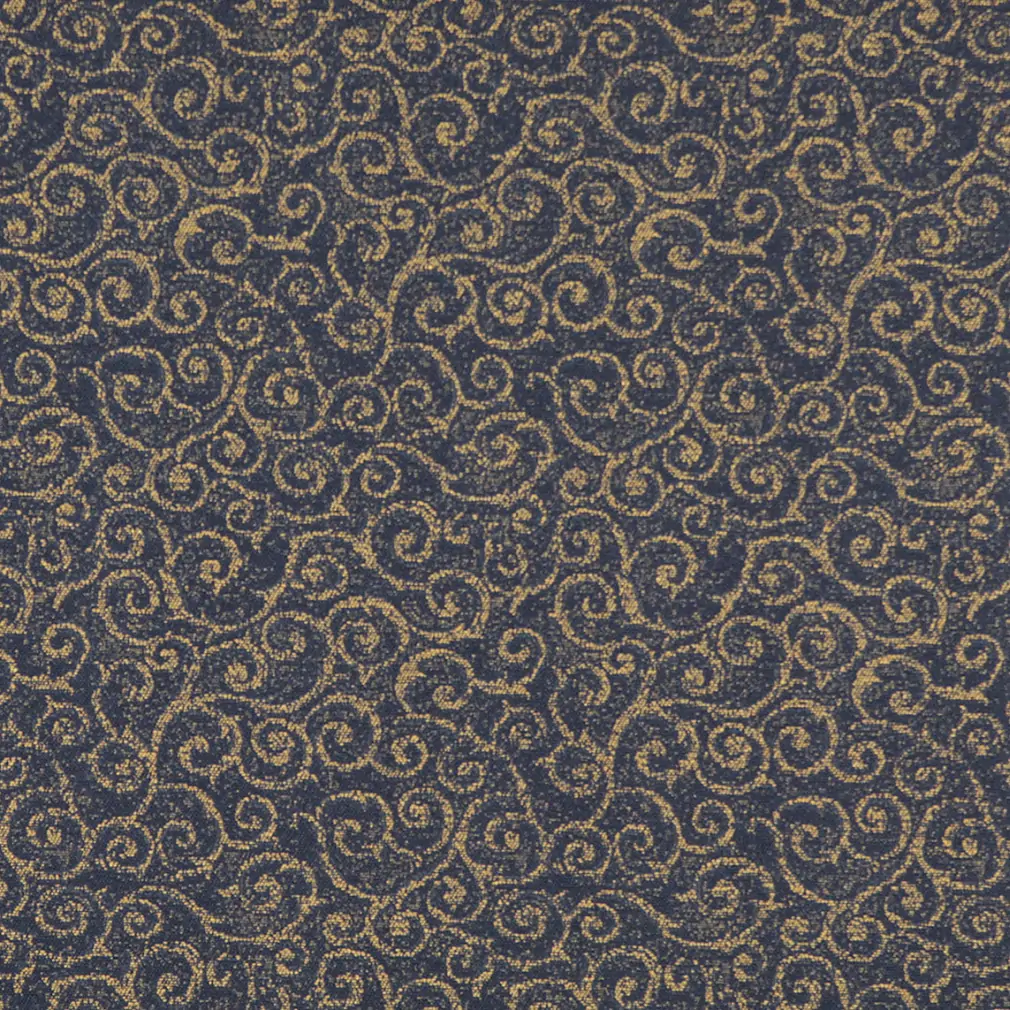

Oval pillow pattern fabric
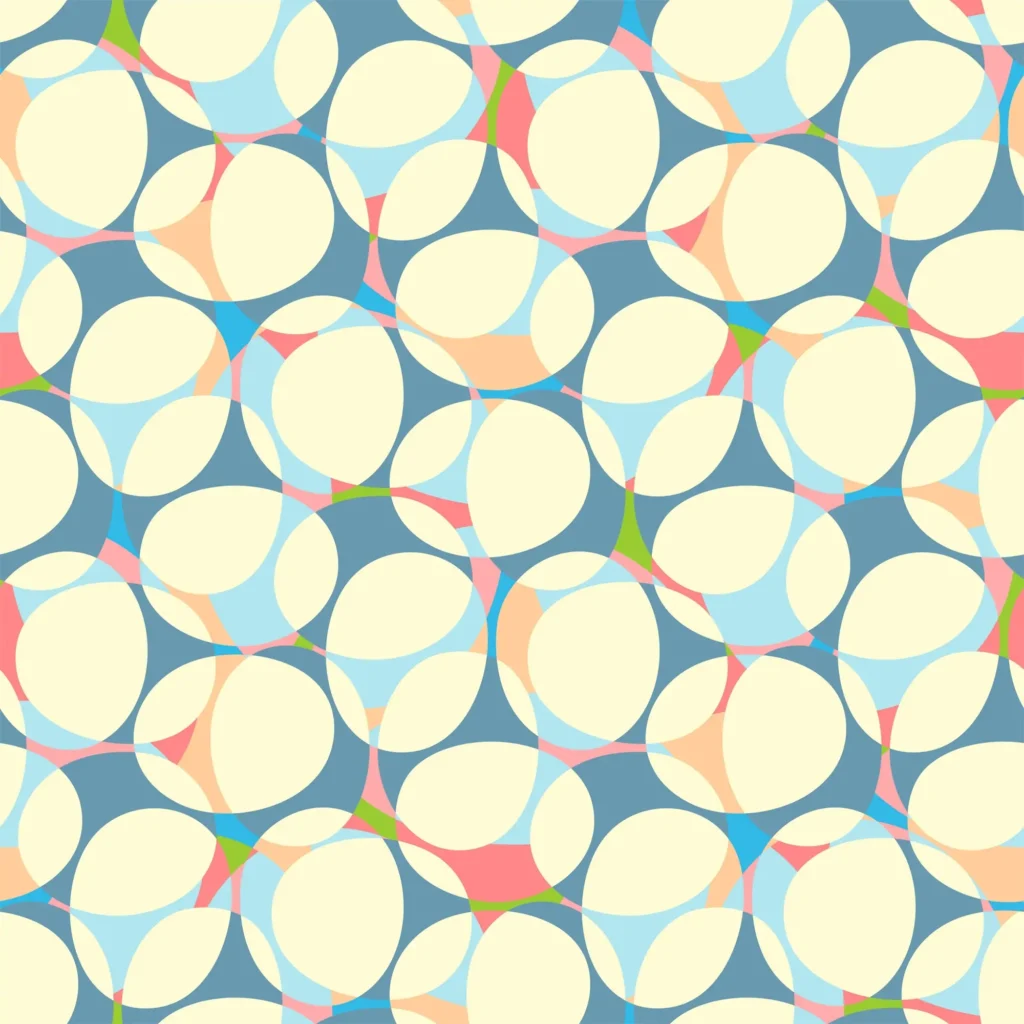

Spoonflower emotion yellow starburst fabric joy inside out pattern
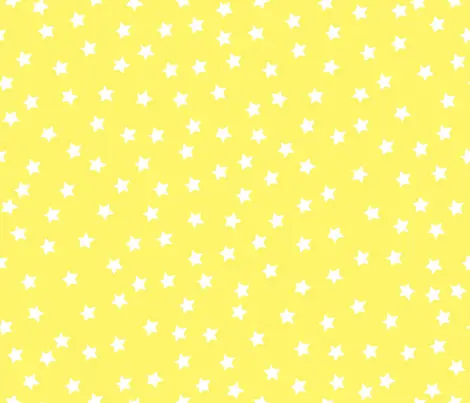

Zen garden sand pattern fabric
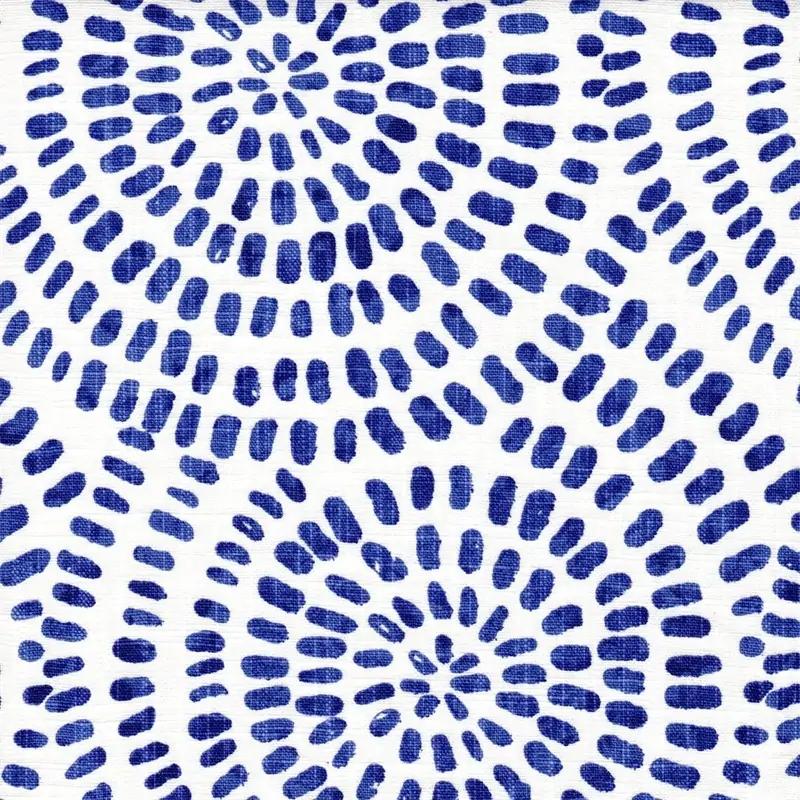

Floral waverly fabric waverly patterns
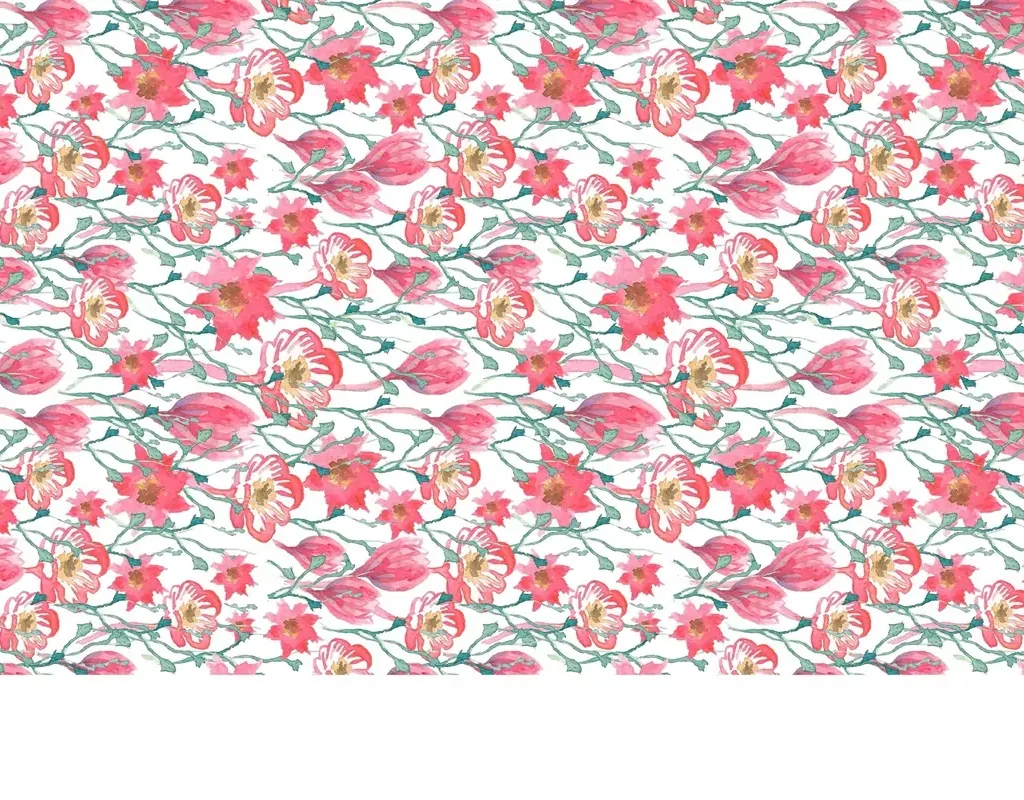

FAQ
What are 8 fabric types that exist?
Here are 8 common fabric types:
Cotton: Soft, breathable, and versatile; used in everyday wear.
Linen: Lightweight and durable; ideal for summer clothing.
Wool: Warm and insulating; commonly used for sweaters and coats.
Silk: Luxurious and smooth; often used in formal wear.
Polyester: Durable and wrinkle-resistant; used in various garments.
Nylon: Lightweight and strong; common in activewear.
Denim: Durable and sturdy; mainly for jeans.
Rayon: Semi-synthetic, soft, and versatile; mimics natural fabrics.
How to make suede fabric patterns permanent?
Heat Setting: Use a heat press or iron (on a low setting suitable for suede) to press the pattern into the fabric. Place a protective cloth between the iron and the suede to prevent damage.
Fabric Paint or Dyes: Apply fabric-specific paint or dye for patterns. Heat set according to the product instructions to ensure durability.
Embossing: Use an embossing tool or press to imprint patterns. This works best for faux suede or thick suede.
Laser Etching: Advanced technique for precise and permanent patterns, commonly done professionally.
Protective Coating: After creating the pattern, apply a suede-friendly sealant or fixative to lock in the design and prevent wear over time.
What category does reasearching fabric fall under in a sae?
Researching fabric typically falls under the Materials Science and Engineering (MSE) category in a Science and Engineering Activity (SAE). This involves studying the properties, production, and applications of different fabric types. It can also be part of Textile Engineering or Fashion and Textile Design, depending on the focus.
What fabrics are grade f fabrics?
Grade F fabrics typically refer to those that are of lower quality or have significant defects. These fabrics may have imperfections such as stains, inconsistent dyeing, or structural issues.
In some contexts, Grade F fabrics are considered unsuitable for high-end or commercial use but may still be usable for specific applications, such as upcycling, craft projects, or as test material.
What is the best feeling fabric?
Silk: Known for its smooth, soft texture and luxurious feel against the skin
Cashmere: Soft and lightweight, offering warmth without heaviness.
Cotton: Breathable and soft, especially when combed or organic.
Bamboo: Soft, silky texture that is also eco-friendly.
Modal: A soft, smooth fabric made from beechwood pulp, often compared to cotton and silk.
What is waxed canvas fabric made of?
Waxed canvas is typically made from cotton canvas fabric that has been treated with a wax coating, often paraffin, beeswax, or a combination of both.
The cotton fabric is usually woven in a sturdy, durable pattern, and the wax coating makes it water-resistant and adds to its rugged texture.
The wax also helps the fabric retain its shape and enhances its ability to withstand wear and tear, making waxed canvas a popular choice for outdoor gear, bags, and durable workwear.
How many inches a yard of fabric?
A yard of fabric equals 36 inches in length. This measurement applies to all types of fabric, regardless of width. The width of the fabric, however, can vary (typically ranging from 44 to 60 inches), but the length is always 36 inches per yard.
How to remove glue from fabric?
Freezing: Place the fabric in the freezer for a few hours. Once the glue hardens, scrape it off gently with a blunt knife or spoon.
Rubbing Alcohol: Apply rubbing alcohol to a cotton ball and blot the glue. This helps dissolve the glue. Test on an inconspicuous area first.
Vinegar and Water: Mix equal parts vinegar and water. Apply to the glue and let it sit for a few minutes before scrubbing gently with a soft brush.
Acetone: Use a small amount of acetone (nail polish remover) on a cotton ball, but be cautious with delicate fabrics, as it can cause damage.
Dish Soap: For fabric glue, apply dish soap directly to the area, let it soak, then gently scrub with a brush or sponge.
Is all cotton fabric one sided?
No, not all cotton fabrics are one-sided. While many cotton fabrics, especially printed ones, may have a distinct front and back due to the printing process or design, many cotton fabrics are reversible or have the same texture on both sides.
Plain Cotton (like cotton broadcloth): Generally, both sides are the same, making it reversible.
Cotton Canvas: Often has the same texture on both sides, but the color or finish might differ.
Printed Cotton: The printed side is typically the front, and the back may show a faded or less defined version of the design.
What is muslin fabric?
Muslin is a lightweight, plain-weave cotton fabric known for its soft texture and versatility. It is typically undyed or lightly bleached, though it can be found in various colors and patterns.
Muslin can be found in different grades, with finer muslin being soft and smooth, while coarser versions are more durable and textured.

